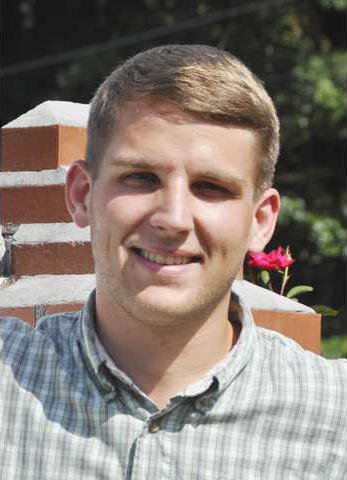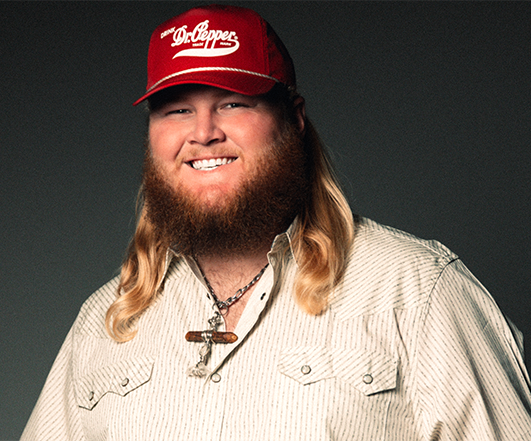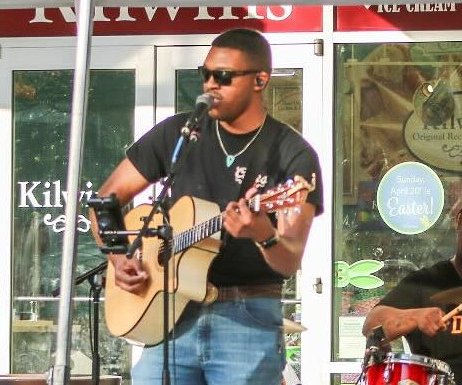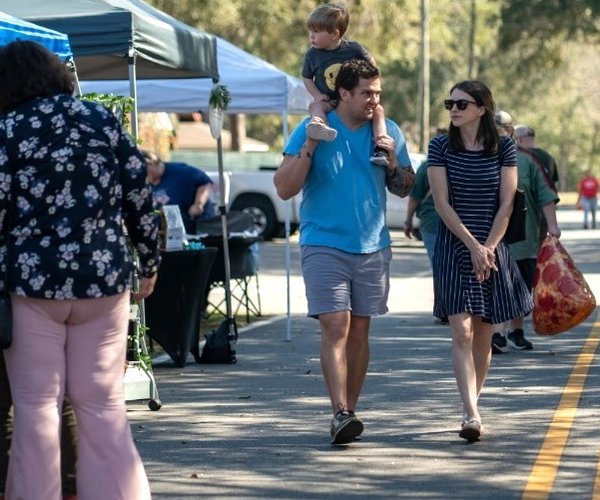Many folks have either called or dropped off samples of the grassy weed Annual Bluegrass this week. Although many people are just now noticing this plant because its white seed head has emerged, this plant has been in your yard since late October. The best time to control this weed is during the fall as well.
Research has shown that both pre-emergence and post-emergence herbicides can be used to control annual bluegrass in most turf grass sites. Application timing with pre-emergence herbicides is critical to achieving high levels of control. Annual bluegrass starts its primary period of germination in late summer and early fall when soil temperatures at the 4-inch level drop to the low- to mid-70s F or lower.
Pre-emergence herbicide application should be timed just prior to expected period of peak germination. Annual bluegrass often has a second germination flush in mid- to late-winter. This is important for turf managers to recognize because fall herbicide applications normally do not provide season-long control and repeat applications may be necessary.
Research has repeatedly shown that the majority of pre-emergence herbicides labeled for use in turf grasses will provide 80-90 percent control of annual bluegrass when applied according label directions. Similarly, post-emergence applications of atrazine, simazine and pronamide (Kerb) during the November through February time frame will provide high levels of annual bluegrass control in non-overseeded warm-season turf grasses.
In addition to bermudagrass, Kerb is now labeled for use in centipede grass, zoysia grass and St. Augustine grass. For best result with Kerb, it should be applied during the cool winter months, and “watered-in” with 0.25 inch of irrigation water within 24 hours of application. Kerb is root-absorbed. Thus, adequate water is necessary to move Kerb into the root zone and to prevent volatilization. Kerb is highly phytotoxic to cool-season turfgrasses and should not be applied to overseeded warm-season turfgrasses, or adjacent to cool-season turfgrass sites.
Hopefully a well-timed application of a pre-emergent herbicide this fall will reduce your overall annual bluegrass population in the yard.
For more information or questions, please contact Effingham County Extension agent Sam Ingram at 754-8040 or singram@uga.edu.





